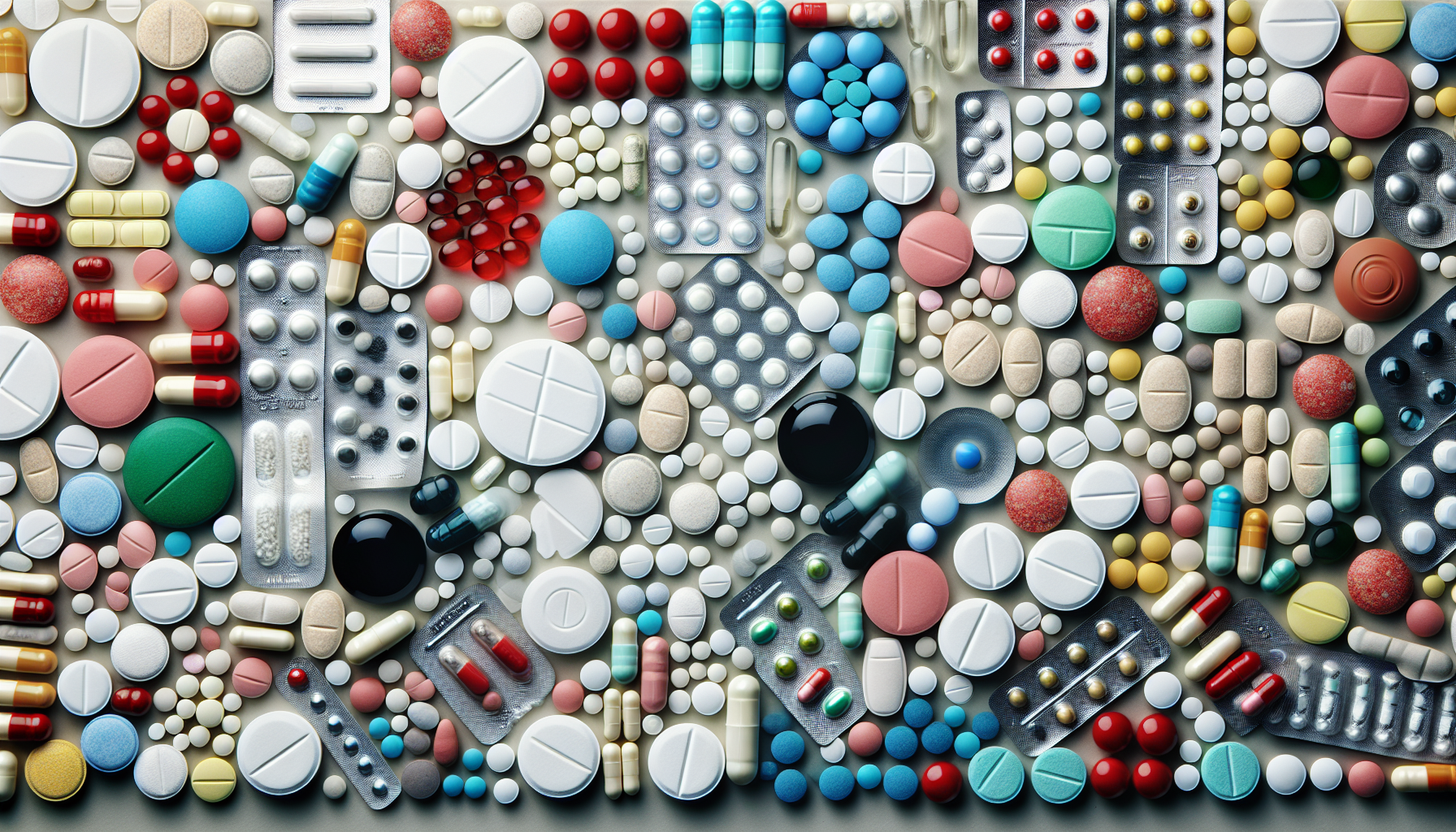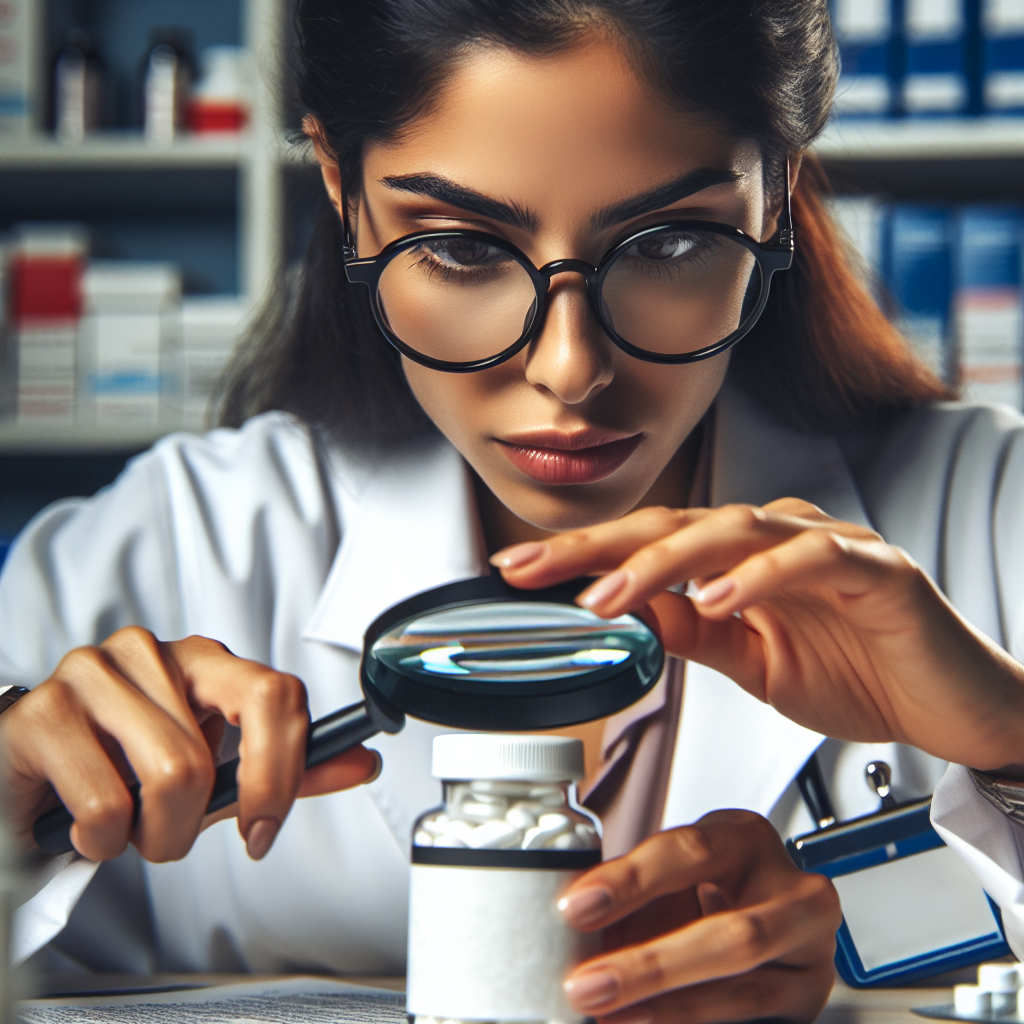When we think about medications, the focus often lands squarely on the active ingredients—the components that are intended to provide therapeutic effects and improve health. However, a medication is far more than just its active ingredients. It’s a complex concoction of both active and inactive components, each playing a crucial role in the drug’s performance, stability, and safety. In this comprehensive exploration, we will delve into the often-overlooked world of inactive ingredients in medications, shedding light on their purposes and the impact they have on the efficacy and overall patient experience.
What Are Inactive Ingredients?
Inactive ingredients, also known as excipients, are substances within a drug that do not directly contribute to the therapeutic effect. Despite not having an active role in treatment, these ingredients are essential for various reasons. They can serve as fillers, binders, stabilizers, or even coloring agents that provide a distinct appearance to medications, aiding in their identification.
The Essential Functions of Inactive Ingredients
Inactive ingredients can have several important functions in medications:
- Fillers add volume to medications, making them easier to handle and consume, especially important for producing a tablet of manageable size.
- Binders help to hold the ingredients of a tablet together, ensuring that it doesn’t crumble or break before it’s consumed.
- Disintegrants ensure that once the tablet reaches the stomach, it breaks down into smaller pieces that can be easily absorbed by the body.
- Lubricants are used in tablet manufacturing to prevent sticking to equipment during production.
- Coatings are applied to tablets to mask unpleasant tastes, protect the active ingredients from air or moisture, and sometimes to control the release of the medication into the body.
- Preservatives are added to some medications to extend their shelf life by inhibiting microbial growth.
- Flavors and colors are used to make medicines more palatable and recognizable.
The Impact of Inactive Ingredients on Drug Absorption and Action
Inactive ingredients can significantly affect how a drug is absorbed and how it acts within the body. This is particularly relevant in the development of time-release medications, which rely on specific excipients that control the rate at which the active drug is released into the bloodstream. These specialized ingredients allow for steady medication levels over an extended period, potentially reducing side effects and increasing treatment efficacy.
Individual Responses to Inactive Ingredients
While inactive ingredients are generally considered safe, they can occasionally cause reactions in sensitive individuals. For instance, some people may have allergies to certain preservatives or dyes. It’s also important for the medical community to be aware of these components when prescribing medications to special populations, such as individuals with specific dietary restrictions or allergies.
The Role of Regulation in Ensuring Safety
Regulatory bodies like the FDA closely scrutinize both active and inactive ingredients in medications. They require that all components be listed on the drug’s label, providing transparency for healthcare providers and patients alike. However, understanding the label accuracy and regulations can be complex and requires careful attention from consumers.
Innovations in Inactive Ingredient Use
The pharmaceutical industry continually innovates in the use of inactive ingredients. Advances in technology have led to the development of new excipients that can improve drug delivery, enhance stability, or even boost the body’s absorption of the active ingredient. This is a key component of the broader field of precision medicine and pharmacotherapy, which tailors treatment to individual patient needs and genetic profiles.
The Importance of Inactive Ingredients in Medication Effectiveness
While the active ingredient in a medication is its main event, the inactive ingredients can be thought of as the supporting cast that enables the star to shine. They ensure that the drug can be manufactured consistently, taken conveniently, and absorbed properly to exert its intended effect.
Case Studies of Inactive Ingredient Functions
- Solubility Enhancement: Some drugs have poor solubility in the body’s fluids, which can limit their absorption. Inactive ingredients like solubilizers can increase the solubility of these drugs, making them more effective.
- Gastro-resistant Coatings: Certain medications can be irritating to the stomach, or they may be broken down by stomach acid before they can be effective. Inactive ingredients in the form of coatings can protect the drug until it reaches a more suitable environment in the intestines.
- Targeted Delivery Systems: Inactive ingredients can be used to create sophisticated drug delivery systems that target the release of medication to specific sites in the body, reducing side effects and improving treatment outcomes.
Challenges and Considerations in Formulating Medications
The development of a medication is a delicate balance between ensuring the active ingredient is delivered effectively and guaranteeing that the drug is stable, safe, and acceptable to patients. Inactive ingredients are crucial in this balance, but they also pose challenges:
- Compatibility: Inactive ingredients must be compatible with active ingredients and not interact with them in ways that could alter the drug’s stability or efficacy.
- Bioavailability: The choice of excipients can affect the bioavailability of the drug, which is the proportion of the drug that enters the circulation when introduced into the body and can have an active effect.
- Patient Sensitivity: Formulators must consider potential allergies or intolerances to certain inactive ingredients when developing medications.
External Resources for Further Exploration
For those interested in the nitty-gritty details of how inactive ingredients influence drug development and patient care, here are some niche resources worth exploring:
- A comprehensive review of the role of excipients in the pharmaceutical industry on the National Center for Biotechnology Information (NCBI) website provides an in-depth look at the science behind these substances.
- The International Pharmaceutical Excipients Council offers insights into the standards and best practices for the use of excipients in drug manufacturing.
- A detailed explanation of the effects of inactive ingredients on drug bioavailability can be found within the publications of the American Association of Pharmaceutical Scientists (AAPS).
Conclusion
Inactive ingredients play a pivotal role in the efficacy, safety, and patient experience of medications. They are essential for the proper formulation, stability, and administration of drugs. Understanding the complexities of these ingredients is crucial for healthcare providers, pharmacists, and patients alike. As we continue to advance in the field of pharmacotherapy, the innovation and scrutiny applied to inactive ingredients will only become more important, ensuring that medications are not only effective but also safe and suitable for everyone.



